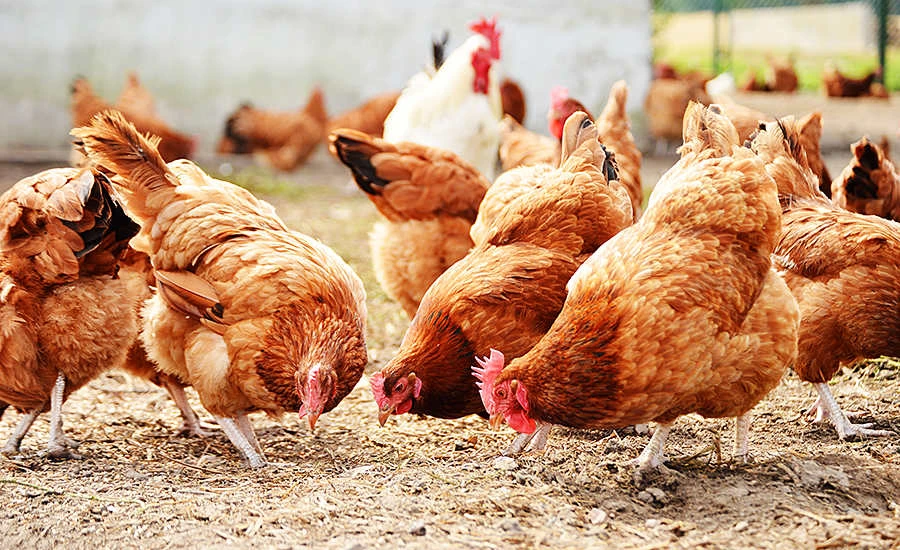- Afrikaans
- Albanian
- Amharic
- Arabic
- Armenian
- Azerbaijani
- Basque
- Belarusian
- Bengali
- Bosnian
- Bulgarian
- Catalan
- Cebuano
- Corsican
- Croatian
- Czech
- Danish
- Dutch
- English
- Esperanto
- Estonian
- Finnish
- French
- Frisian
- Galician
- Georgian
- German
- Greek
- Gujarati
- Haitian Creole
- hausa
- hawaiian
- Hebrew
- Hindi
- Miao
- Hungarian
- Icelandic
- igbo
- Indonesian
- irish
- Italian
- Japanese
- Javanese
- Kannada
- kazakh
- Khmer
- Rwandese
- Korean
- Kurdish
- Kyrgyz
- Lao
- Latin
- Latvian
- Lithuanian
- Luxembourgish
- Macedonian
- Malgashi
- Malay
- Malayalam
- Maltese
- Maori
- Marathi
- Mongolian
- Myanmar
- Nepali
- Norwegian
- Norwegian
- Occitan
- Pashto
- Persian
- Polish
- Portuguese
- Punjabi
- Romanian
- Russian
- Samoan
- Scottish Gaelic
- Serbian
- Sesotho
- Shona
- Sindhi
- Sinhala
- Slovak
- Slovenian
- Somali
- Spanish
- Sundanese
- Swahili
- Swedish
- Tagalog
- Tajik
- Tamil
- Tatar
- Telugu
- Thai
- Turkish
- Turkmen
- Ukrainian
- Urdu
- Uighur
- Uzbek
- Vietnamese
- Welsh
- Bantu
- Yiddish
- Yoruba
- Zulu
फेब्रुवारी . 02, 2025 04:17 Back to list
Oxytetracycline 5% Injection


However, the effectiveness of oxytetracycline is heavily reliant on responsible administration practices. Misuse or overuse can lead to antibiotic resistance, diminishing its effectiveness and posing risks to both animal and human health. Veterinarians play a crucial role in prescribing the appropriate dose based on the specific condition and weight of the cattle. Compliance with withdrawal periods before the cattle enter the food chain is essential to ensure food safety and consumer trust. Additionally, integrating oxytetracycline treatment with other management practices enhances its efficacy. Measures such as improving cattle nutrition, ensuring proper ventilation and hygiene, and reducing stress through low-stress handling techniques are crucial in creating an environment where cattle can thrive and recover more quickly from ailments. By augmenting antibiotic treatment with robust husbandry practices, the reliance solely on pharmaceuticals is lessened, which benefits the wider ecosystem. Oxytetracycline's role in the cattle industry underscores the balance between medical intervention and sustainable agricultural practices. Producers and veterinarians collectively have the responsibility to employ this antibiotic judiciously. With the growing consumer demand for sustainably produced meat, the livestock sector must prioritize transparency and accountability in antibiotic use. In conclusion, oxytetracycline's multifaceted applications in cattle disease management exemplify its importance in maintaining herd health. By addressing conditions like BRD, anaplasmosis, and pink eye, this antibiotic not only prevents disease proliferation but also ensures that livestock remain healthy and productive. With ongoing research and education on responsible antibiotic use and alternative therapies, the cattle industry can continue to evolve, aligning with environmental and health standards that benefit all stakeholders involved.
-
Guide to Oxytetracycline Injection
NewsMar.27,2025
-
Guide to Colistin Sulphate
NewsMar.27,2025
-
Gentamicin Sulfate: Uses, Price, And Key Information
NewsMar.27,2025
-
Enrofloxacin Injection: Uses, Price, And Supplier Information
NewsMar.27,2025
-
Dexamethasone Sodium Phosphate Injection: Uses, Price, And Key Information
NewsMar.27,2025
-
Albendazole Tablet: Uses, Dosage, Cost, And Key Information
NewsMar.27,2025













